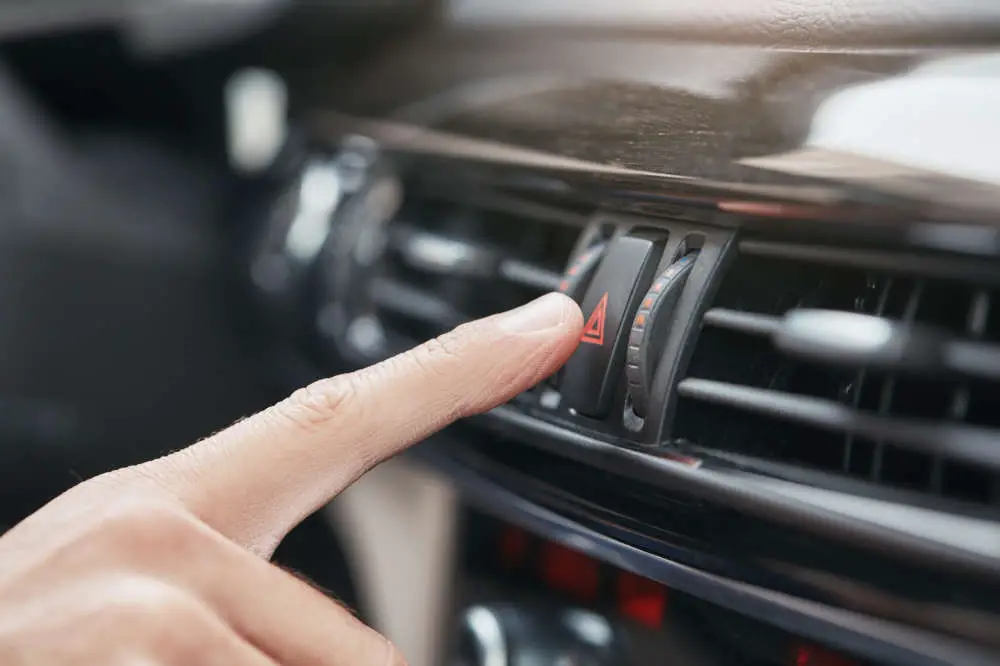Oh, lovely summer is here! Just a bit more! You’re getting ready for the beach, but your air-con stops working?
Of course, that isn’t very pleasant, considering you’ll be cooking yourself in the car if you go somewhere.
But, you’ve come to the right place.
In this article, we will find out what can be the cause of your air-con not working, and we will try and fix it! Let’s go. The summer is not waiting on anyone.
Advertising links are marked with *. We receive a small commission on sales, nothing changes for you.
How To Solve Air-Con Problems in Your Porsche?

Troubleshooting the Porsche air conditioning system might be straightforward, but it is not always clear.
You may not have time to arrange an appointment at the shop, or you may want to locate and resolve the issue yourself.
Remember that you will almost certainly need to schedule an appointment with a skilled technician later.
Before we begin, you must first find:
- The compressor,
- receiver drier, and
- evaporator.
A ruptured fuse or low-refrigerant might be the source of the problem. However, the most common cause is a lack of refrigerant.
Let’s start the engine and switch on the air conditioning.
We’ll assume that the evaporator or climate fan is forcing air through the vents, that the air is warm and will stay that way, well, indefinitely.
And second, the source of the warm air is unrelated to a climate control issue involving fresh outside air or air from the heater core.
Now that we understand some things about the AC, you can better understand the causes and solutions.
Let’s go and fix your AC to have a good summer!
What Can Be The Problem?
Several things can cause your Porsche’s air-con to malfunction.
If you’re experiencing problems, it can be the compressor that is stuck, frozen, or making a horrible noise. Apart from that, you may even need to decontaminate the system.
Also, you’ll have to identify a leak if the system is low on refrigerant, and there could be problems with the AC Temperature Switch.
The last thing you might want to check is the capillary tube. It can malfunction, and then you will have to test it and then repair the problem based on the gathered info.
Annoying, but yes, all these can occur.
However, let’s talk about the clutch.
Check the Clutch
Here is the list of possible situations with the clutch.
Situation 1: Clutch is Working Properly
Open the hood with the engine running and the air conditioner to find the compressor.
The clutch pulley on the compressor should have a belt. The clutch “hub” is joined to the compressor shaft in front of the pulley.
If the hub is not turning, a few things to look into.
Situation 2: Hot-Wired Clutch
When the air conditioner’s electrical circuit to the clutch is excited with 12 volts, enough current, the clutch’s magnet pulls the hub into the pulley.
Borrow 12 volts of positive DC power from either the battery, using a jumper wire, or from a power source such as a battery charger.
The low-pressure cut-out switch will result in the clutch not engaging if the system is low on refrigerant.
Situation 3: Clutch Won’t Work When Hot-Wired
First thing → Examine the wire connection for any signs of poor, malfunctioning contact, which can be either breaks or corrosion.
The second thing → Check the clutch’s negative ground cable to the compressor’s body.
If you’ve discovered no faults, check if the clutch receives electrical power.
The resistance of suitable coils usually is between 2.9 and 3.2 ohms. However, the range will vary with the manufacturer and is not absolute assurance of the quality of the coil.
Situation 4: Clutch Slips After Turning
If the front hub of the compressor appears to “slide,” there might be two issues.
First, remove the clutch’s front hub.
Second, add or remove a washer wedge (shims) on the shaft’s seat to close the air gap.
The majority of a/c clutch surfaces are metal to metal and readily cleaned.
Situation 5: Toasted Clutch
Rather than electrical faults, heat causes clutches to burn up or fry. Literally.
When a compressor runs out of refrigerant or oil, temperatures rise. This is because heat escapes from the aluminum compressor’s body and is absorbed by the clutch’s copper coil.
The insulation on the wires of the coil melts and shorts out, and the grease in the pulley bearing melts.
The compressor locks up because there is insufficient oil supply, and the extreme heat tears down the oil’s lubricating characteristics.
A new compressor is required at this point!
Conclusion
The clutch problem might not be the one that is the most common, but there is so much information to comprehend when dealing with it.
If, however, you’re experiencing other issues, or even issues that are not listed here, it is best if you see a mechanic.
Understandable, not everybody wants to go there, but every so often that is the only solution.
Hey, at least you get to enjoy your drives and experiences with a fresh air-con, so there is a win!

Luna Meschiari is a full-blooded car nut who is well known to local garages, as each article is meticulously researched and peppered with the latest piece of information. Guess what car she’s driving right now? A RAV4 2021 Hybrid. But her heart also sleeps for pickups like the F-150. Get to know Luna better on the about us page.
Advertising links are marked with *. We receive a small commission on sales, nothing changes for you.

